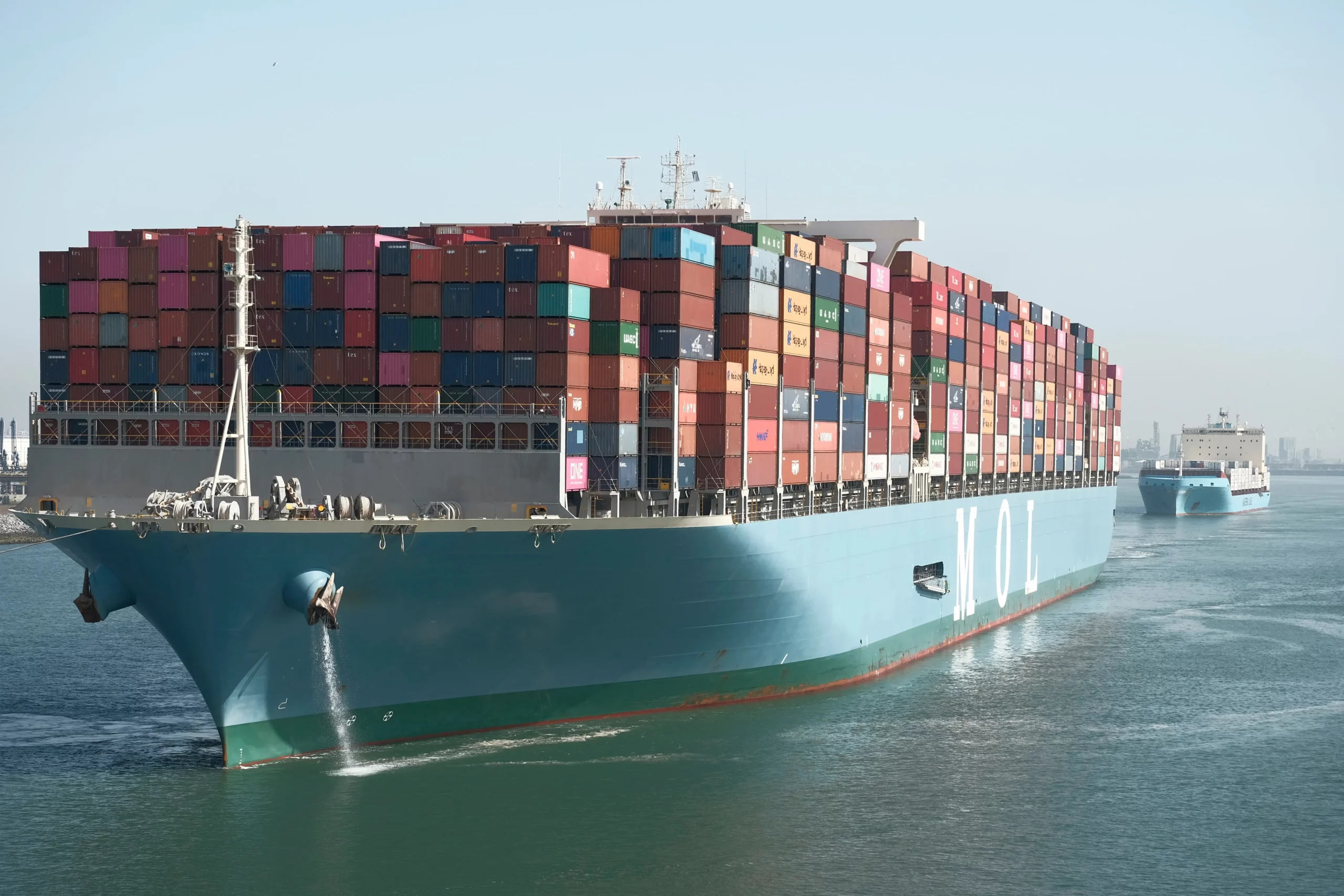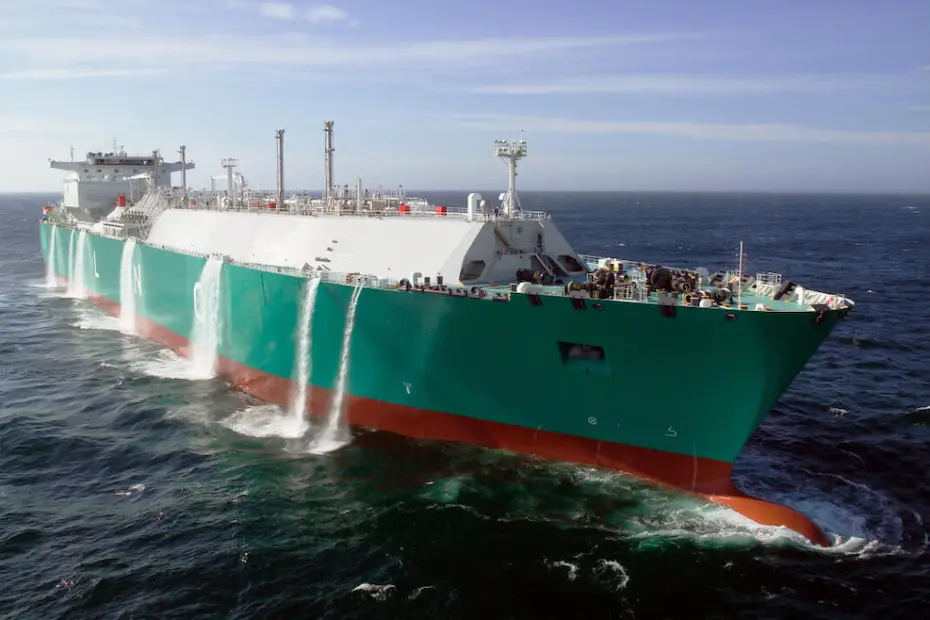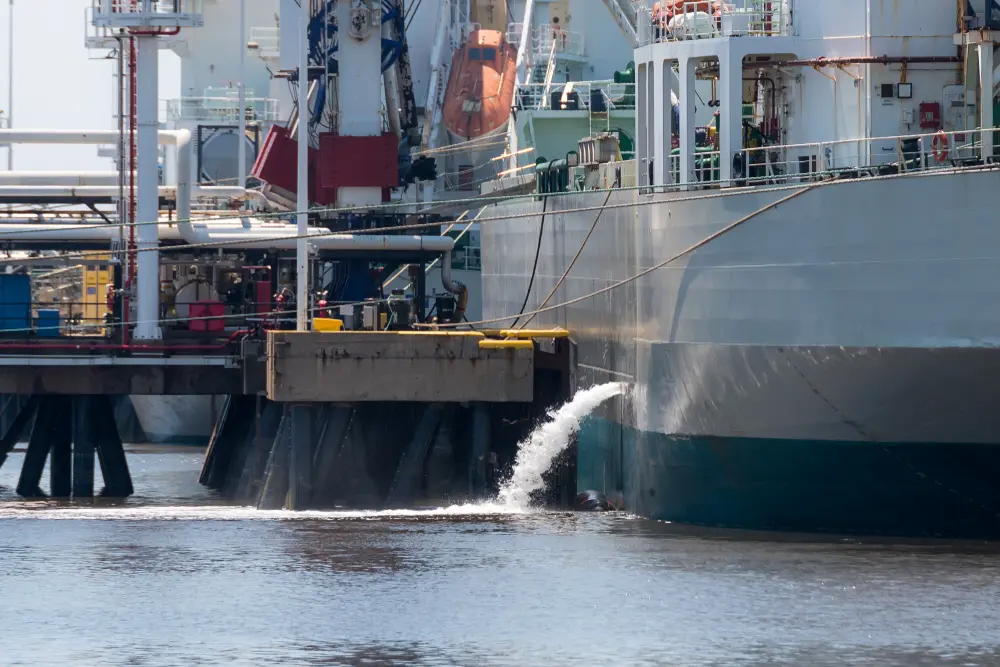
The International Convention for the Control and Management of Ships’ Ballast Water and Sediments (BWM Convention) is an important international agreement that aims to protect the marine environment from the spread of harmful aquatic organisms and pathogens that can be carried in ships’ ballast water. The convention enforces the obligation to the ships to adhere to an individually tailored Ballast Water Management Plan (BWM Plan). The main objective of the plan is to limit the damaging water exchange and discharge of harmful species in our global waters.
A Ballast Water Management Plan is a multifaceted blueprint developed to ensure the safe discharge of ballast water in the sea. It is essentially a structured strategy employed by shipowners and operators to prevent and manage the potential risks associated with invasive species transfer. The plan includes regular testing of the ships’ BWM systems to ensure that they are working effectively, as well as testing of the ballast water itself to ensure that no harmful organisms are present.
The BWM Convention applies to a wide range of ships, including cargo ships, passenger ships and even fishing ships. However, due to the diversity of ships and the different types of ballast water management systems that are used, it is impractical to provide specific guidelines for each ship type. Therefore, for a Ballast Water Management Plan to be effective and to comply with Regulation B-1 of the Annex of the Convention, it must be carefully tailored to the particular ship for which it is intended. This process involves considering all relevant issues that may apply to the ship, such as its size, type and operating conditions. If properly managed, the process will ensure that all appropriate issues that may apply to a particular ship are considered in the development of the Ballast Water Management Plan.
The components of the Ballast Water Management Plan usually integrate:


To assist ship owners and operators in the development of effective and compliant ballast water management plans, Mr. Marine Ballast provides expert advice and assistance worldwide, in over 375 port states. With years of experience in the maritime industry, we have the knowledge to help ship owners and operators navigate the complex management requirements of the BWM Convention and develop plans that are tailored to their specific ships. Together we can prevent the transfer of harmful organisms and preserve our marine environment.
If you are a ship owner or operator and need assistance with the development of a ballast water management plan, please do not hesitate to contact us for further information and guidance. We are happy to provide you with expert insights and support, ensuring that your ship is compliant with the BWM Convention and your Ballast Water Treatment System is working effectively.
You can also find and submit your service request to Mr. Marine Ballast on:
ShipServ: TN-311092 – Mr. Marine Ballast
Our team is at your disposal 24/7, 365 days a year.
This site is protected by reCAPTCHA and the Google Privacy Policy and Terms of Service apply.